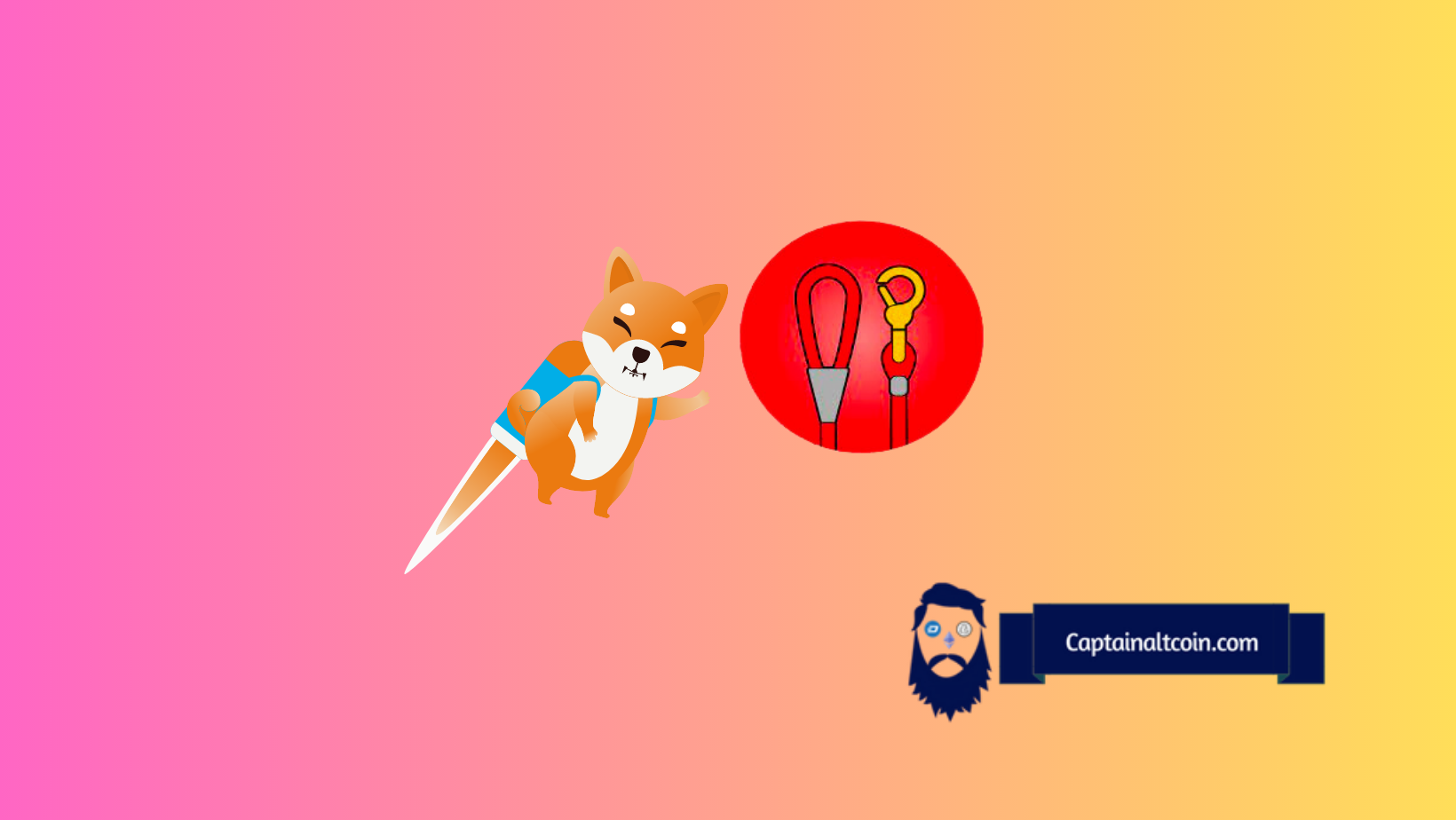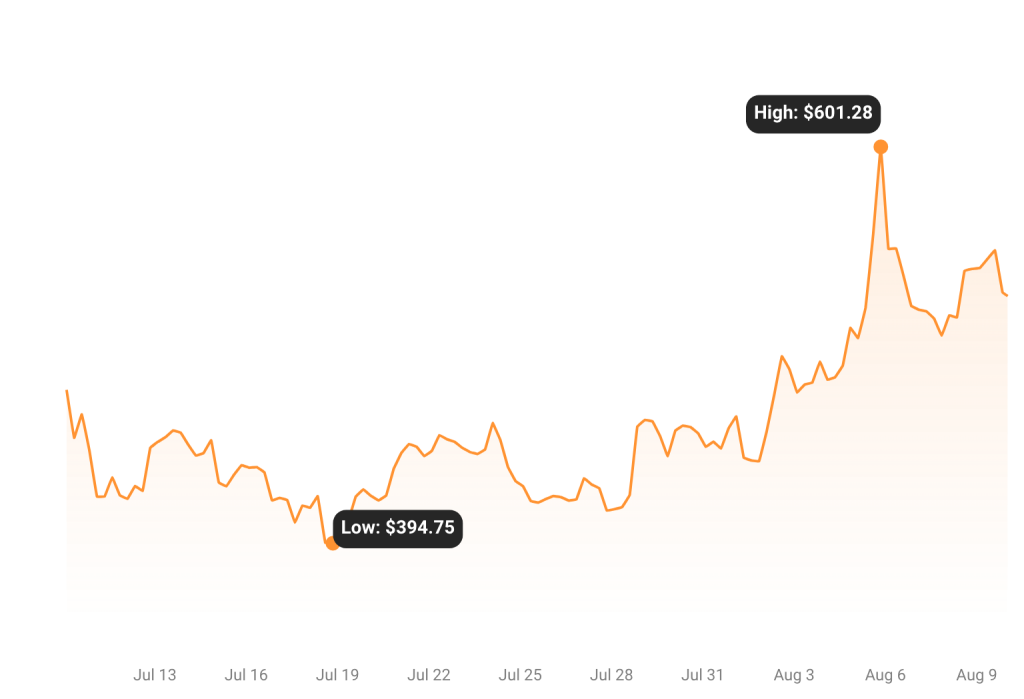
The cryptic Leash token has long intrigued investors with its minuscule total supply of only 107,647 tokens. Yet Leash has failed to gain traction even as other Shiba Inu ecosystem tokens like SHIB and BONE thrive.
Leash’s severely capped supply should make it irresistible to investors – in theory. Basic economics says that extreme scarcity plus any demand equals soaring value.
However, Leash has stumbled in generating widespread functional demand and adoption. Its eccentric rebasing origins and vague utility have kept it isolated as a niche token within the Shiba Inu ecosystem.

Leash’s main uses so far include providing access to future metaverse land and offering staking rewards. But these narrow use cases haven’t sparked mass frenzy from investors or users. Without dynamic utility driving organic demand, Leash has remained stagnant.
Its limited supply has actually hindered growth, since major investors know any significant purchases would drastically manipulate the price. Leash needs perpetual use cases and applications that provide value to users in order to gain traction.
So far, the token’s designed scarcity has outpaced the creation of meaningful real-world utility. The Shiba Inu development team faces a major challenge in unlocking Leash’s potential. They must actively enhance Leash’s utility to match its scarcity.
Some speculate that the lack of use cases for Leash is an intentional move by developers to restrain price growth. By tightly limiting applications, they prevent a sudden parabolic rise that would undermine Leash’s role within the broader Shiba ecosystem.
Others argue that the team simply has not yet found the proper utility to unleash Leash’s value. They point to innovative applications of NFTs and DeFi that could give Leash greater functionality.
Either way, the result is continued stagnation. Without dynamic utility and demand, investors have little incentive to accumulate Leash. And the price stays artificially suppressed relative to the highly scarce supply.
For Leash to realize its potential, developers must discover and deliver use cases that incentivize engagement from both investors and regular users. Applications related to metaverse participation, NFTs, governance rights, staking rewards, and other DeFi features may hold the key.
Unlocking these use cases requires further maturation of the Shiba Inu ecosystem. As flagship tokens like SHIB and BONE see expanded functionality, developers can devote more resources to solving Leash’s utility deficit.
In the meantime, Leash remains a curious anomaly. In a crypto market obsessed with scarcity, Leash offers extreme limited supply without the typical price frenzy. For investors, it presents an intriguing speculative opportunity should the utility gap eventually narrow.
But that breakthrough remains elusive. Until Leash moves beyond niche applications, the token’s designed scarcity and value seem destined to stay out of sync. Bridging that divide is the puzzle developers must solve for Leash to fulfill its potential.







